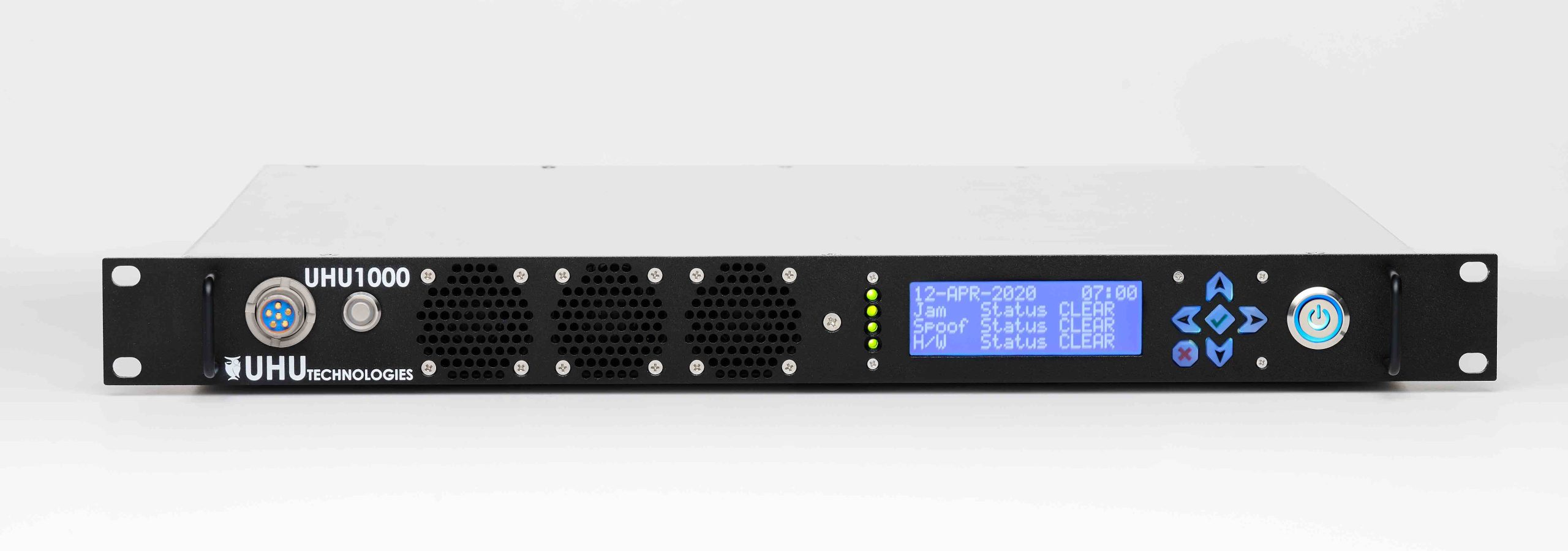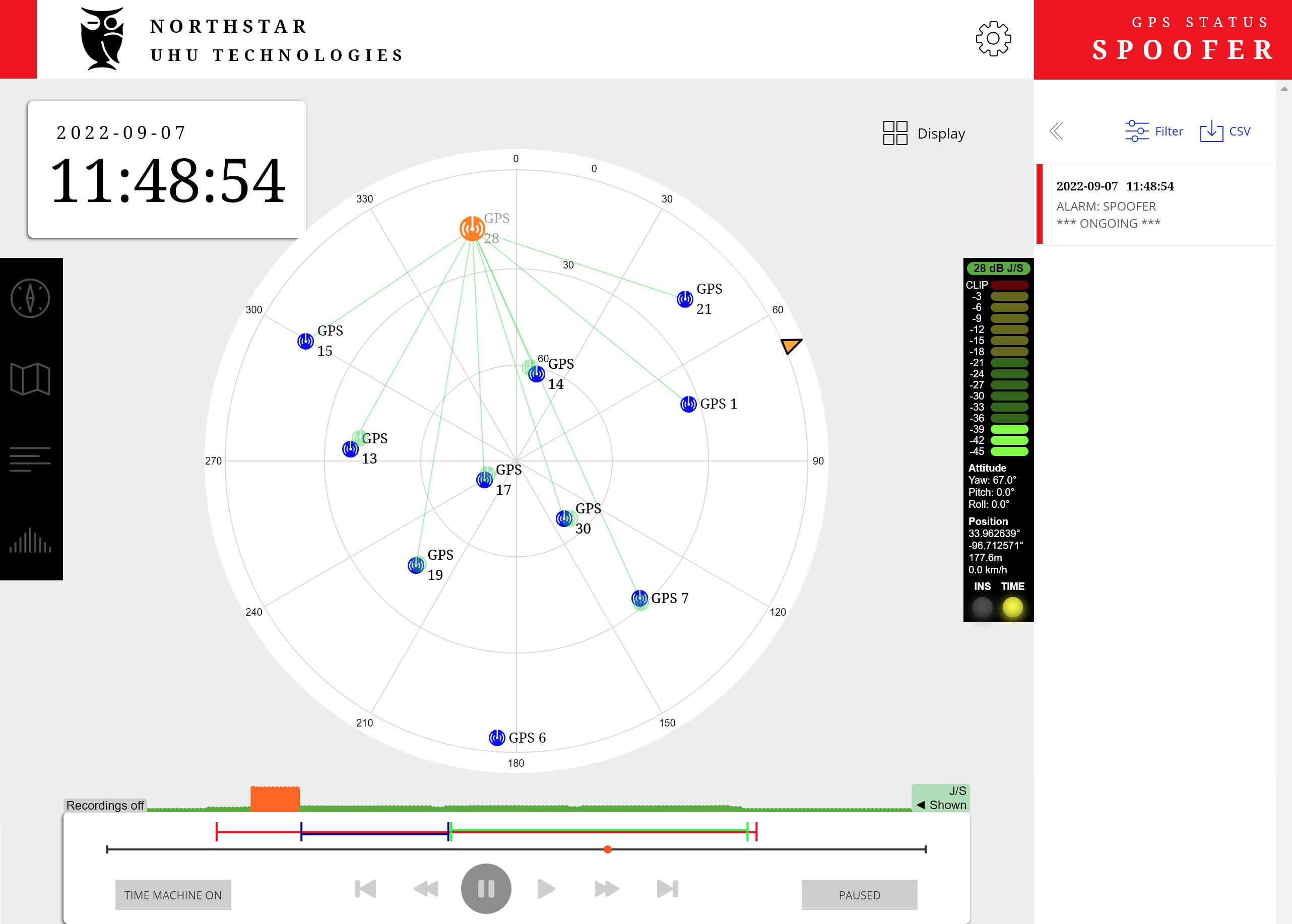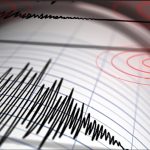When Jeffrey Sanders founded UHU Technologies a few years after selling his first company, it wasn’t because he needed the work or a new income stream. He wanted to fix the GNSS spoofing and jamming problem impacting the U.S. and allied militaries. He did it primarily for the warfighter, and said this is the work that will become his legacy.
His first company, Eclipse Electronic Systems, founded in 1993, wasn’t PNT based. Back then, Sanders focused on building high-performance COTS embedded digital receivers and components. The company also specialized in signals intelligence and communications intelligence (SIGINT/COMINT) receiver hardware. With UHU, he shifted gears—but he brought many past employees with him. Another reason he founded UHU was to give the talented people he’d employed for years meaningful work. And he knew the work he was about to embark on was important.
“It got the idea of spatial validation of satellites,” he said. “The idea is to measure the direction of every signal we can see and compare those measurements to the almanac. The magic bean is we can validate where the satellites are in the sky and only provide PNT from legitimate satellites.”
The patented technology, Sanders said, is well beyond the R&D stage and ready to be deployed into Programs of Record as well as critical infrastructure. Sanders and team members, including Senior Design Engineer Eric Hughes, highlighted UHU’s Northstar and UHU1000 solutions at ION’s Joint Navigation Conference (JNC) in Kentucky earlier this month, talking to attendees about what makes their tech different and highlighting its effectiveness via footage taken at The Port of Long Beach where Northstar successfully detected and located a jammer.
The technology

UHU’s Northstar solution detects spoofing and jamming in a matter of seconds, Hughes said. Based on that initial idea Sanders had in 2011, the solution leverages advanced multi-element digital signal processing to spatially identify and separate real GPS signals from fake ones. It calculates the angle of arrival (AOA), making it possible to determine if the signal is from a valid satellite or a spoofer.
The AOA—the only signal feature that can’t be spoofed—is compared to the known satellite location for the signal. The box then spatially nulls any spoofers or jammers.
Once a spoofer is identified, the system alerts the user via the network. It provides the AOA to the threat as well as the direction and geolocation. Northstar also can switch nearby GPS timing receivers into holdover to protect timing.
As illustrated in the video displayed at the booth during JNC, Northstar can protect critical infrastructure, including maritime ports, airports, cell towers and power grid substations.
The UHU1000 has the same features but takes it a step further, both detecting and mitigating threats, Hughes said.
“Traditional anti-jam systems suppress at above the noise,” he said. “If a signal is faked below the noise, they can’t see it. We can look below the noise and see the spoofing and suppress it using advanced bellow the noise nulling.”
The solution has two radio frequency (RF) outputs, Hughes said, with traditional anti-jam and the company’s anti-spoofing technology. It has seven inputs and works with both SAASM and M-Code.
AOA measurements are reported to users via the built-in situational awareness GUI, which provides sky, map, chart and spectral views. Spoofing signals detected are automatically categorized, demodulated and tracked separately from viable signals.
The UHU1000 makes it possible to use GPS even during advanced attacks, automatically determining where the attacker is coming from and nulling the attacker spatially to protect position and time.
“You could have a box with alt navigation and M-Code spatially protected along with spoofing detection and mitigation,” Hughes said. “It also doubles as a timing receiver and has a GPS disciplined oscillator that’s spatially protected. It’s a very feature rich box.”
The box could be installed on any vehicle using anti-jam for GPS, Hughes said, including Strykers, tanks and naval ships.
UHU also offers specialized antenna solutions, Hughes said, ranging from beamforming antennas to blade antennas. The team has delivered more than 100 antennas to DOD customers, some with a turnaround time of as little as four weeks.
Solving the problem
The GPS spoofing and jamming threat continues to grow, putting critical infrastructure and warfighters at risk. The potential for future conflicts with adversaries like China make it vital to develop more resilient solutions to backup vulnerable GPS signals, Sanders said. These boxes fill that need.
“This is a solvable problem, “ Sanders said, “it just takes someone who wants to solve it.”






